St. Raphael is Cordoba's patron saint and protector (https://sientecordoba.com/en/st-raphaels-day/) so there are lots of statues of St. Raphael. My photo of one of them, which features a monster being speared by St. Raphael on side didn't come out quite right, but you get the general idea.
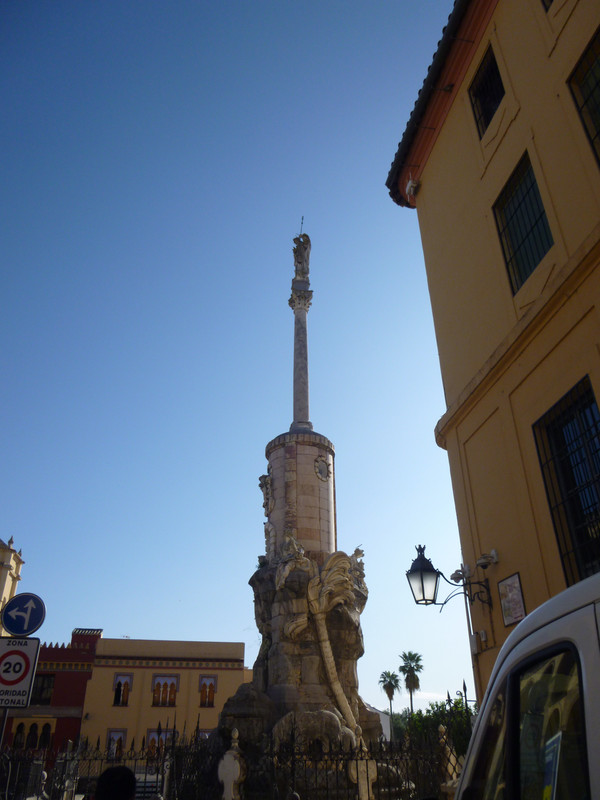

Possibly the most famous site in Cordoba is the Mezquita (or Mosque-Cathedral, depending who is doing the translating) - https://mezquita-catedraldecordoba.es/en/
Two photos of the outside of the Mezquita
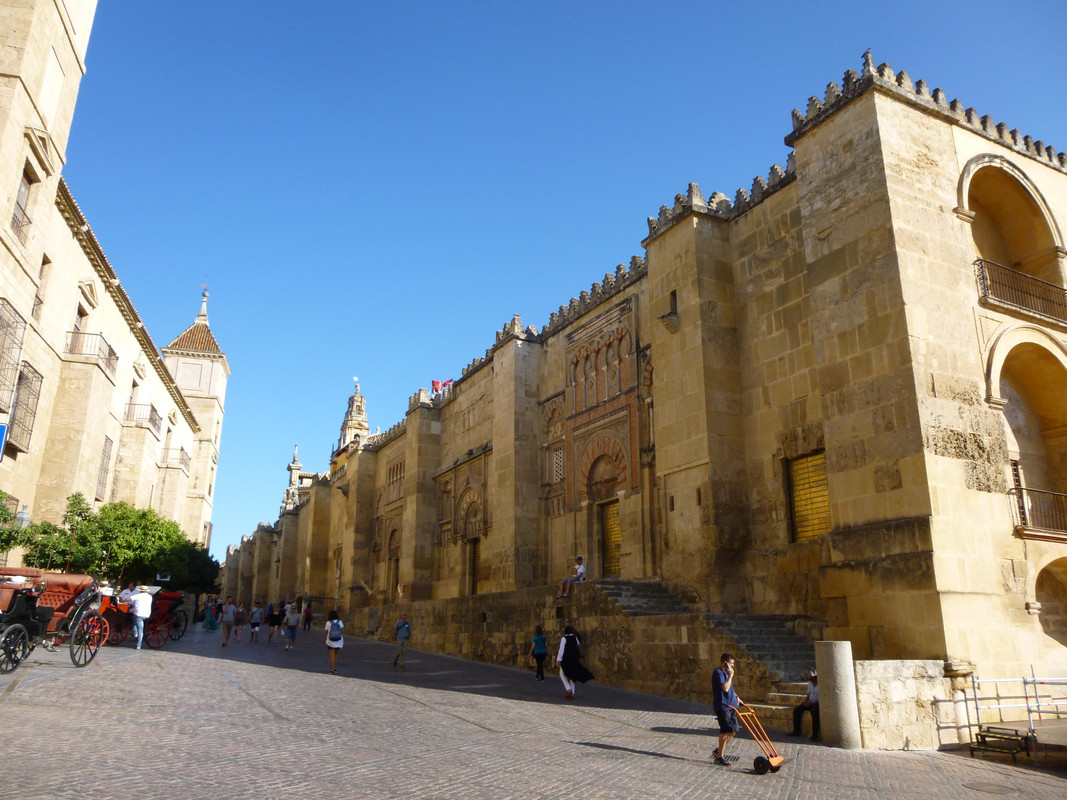 The doorway nearest the front of the photo may be the Bab al-Wuzara ("Viziers' Gate"), now known as the Puerta de San Esteban. It is one of the oldest surviving gates of the mosque and dates from 855.
The doorway nearest the front of the photo may be the Bab al-Wuzara ("Viziers' Gate"), now known as the Puerta de San Esteban. It is one of the oldest surviving gates of the mosque and dates from 855.
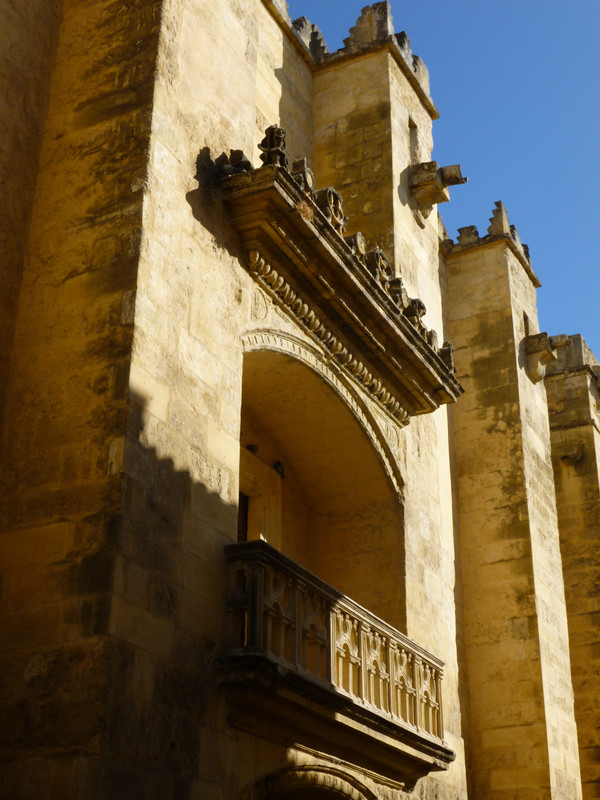
 The doorway nearest the front of the photo may be the Bab al-Wuzara ("Viziers' Gate"), now known as the Puerta de San Esteban. It is one of the oldest surviving gates of the mosque and dates from 855.
The doorway nearest the front of the photo may be the Bab al-Wuzara ("Viziers' Gate"), now known as the Puerta de San Esteban. It is one of the oldest surviving gates of the mosque and dates from 855.

I'd read about it and I thought I understood. It was a mosque, and then after the reconquista they turned it into a church.
So I was expecting a mosque with church insides.
That is not what the Mezquita is like.
Imagine they'd listed the features you'd expect from a mosque and the features you'd expect in a church and written them on cards, then shuffled the cards and built according to the first half a deck drawn.
And I was mostly getting my head around that when I hit the Renaissance bit (https://mezquita-catedraldecordoba.es/en/descubre-el-monumento/el-edificio/capilla-mayor-crucero-y-coro/). Quite frankly, I thought I was having heat stroke.
Every part is beautiful, and the mixture is unique. I thoroughly recommend seeing it for yourself because the pictures do not convey the effect of the mixture. (The pictures in the Wikipedia page do give an excellent taster though - https://en.wikipedia.org/wiki/Mosque%E2%80%93Cathedral_of_C%C3%B3rdoba).
As part of the coach trip, we got a guided walking tour of Cordoba, which was very much worth it, and very recommended because Cordoba is a very pretty city.
Due to the heat, many of the houses are built around courtyards, a concept introduced by Moors. Every year there is a Courtyard Flower Festival (https://www.turismodecordoba.org/-en-1-1), which we were far too late for in September, but many of the owners kindly leave the shutters open so you can peek in and see the beautiful interiors. (This, according to the Alhambra tour, was also a style picked up from the Moors, plain outside, pretty inside.)
As I said, unfortunately, I ran out of memory card space, so please see a few highlights I was able to capture.
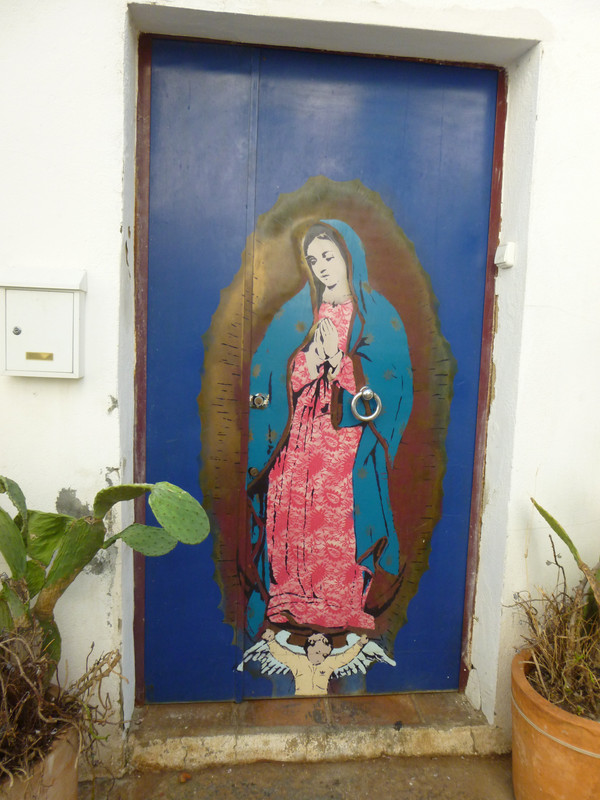
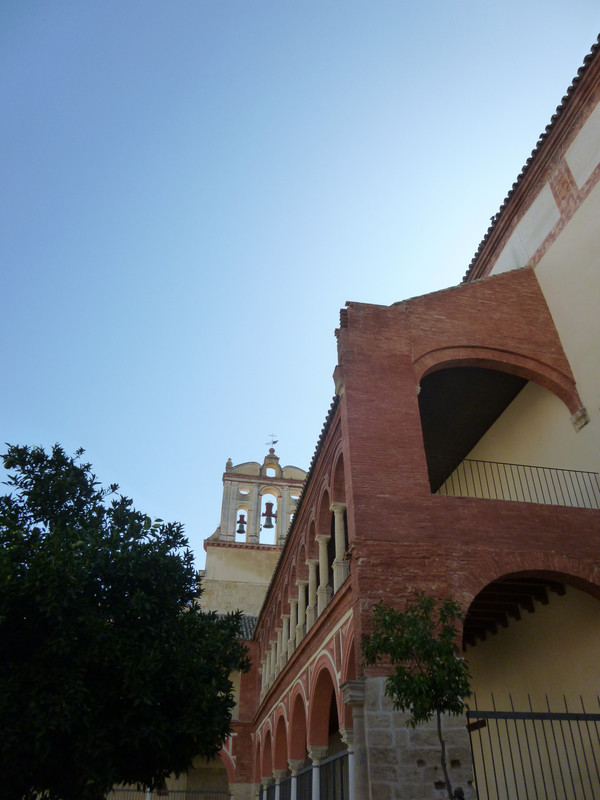






Before the Expulsion of the Jews, Cordoba also had a sizable Jewish population. Only one synagogue survived from before the Expulsion, and it is now open as a museum.
For more information - https://www.turismodecordoba.org/synagogue
https://www.juntadeandalucia.es/cultura/enclaves/enclave-monumental-sinagoga-de-cordoba
and
https://en.wikipedia.org/wiki/C%C3%B3rdoba_Synagogue
(A better photo, or at least one without a crowd in front can be seen here - https://www.andalucia.org/en/cordoba-cultural-tourism-monumento-a-maimonides)
Nearby, there is also a bust of Muhammad ibn Aslam Al-Ghafiqi (https://en.wikipedia.org/wiki/Muhammad_ibn_Aslam_Al-Ghafiqi).
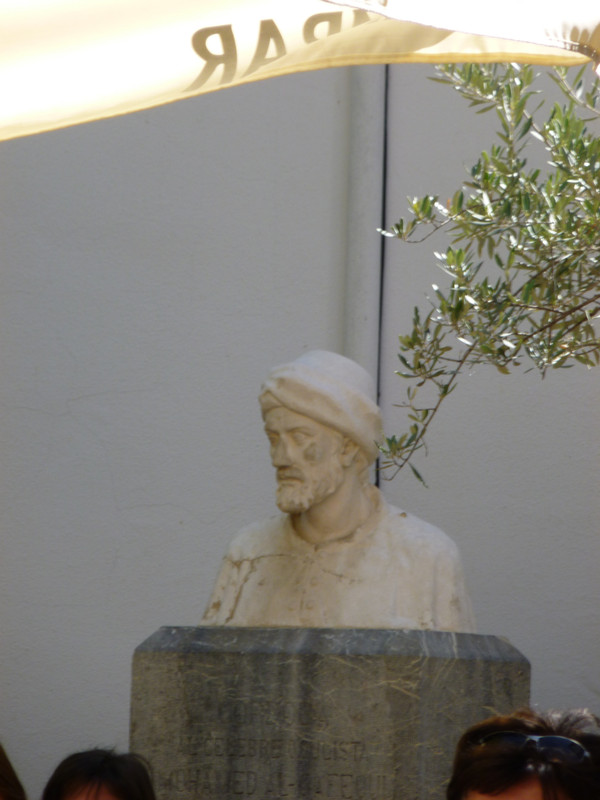

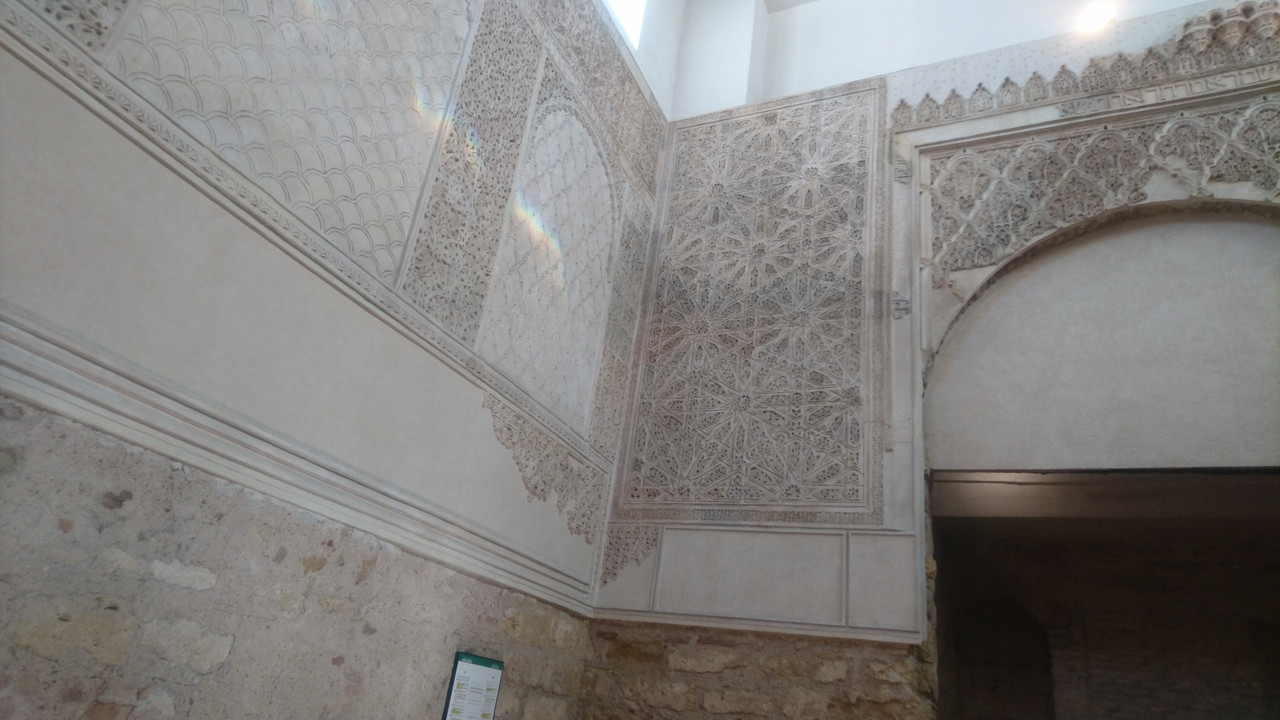
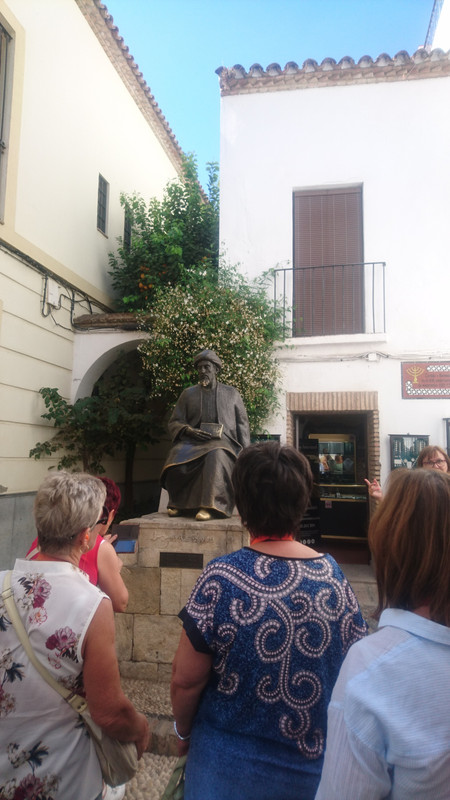
No comments:
Post a Comment